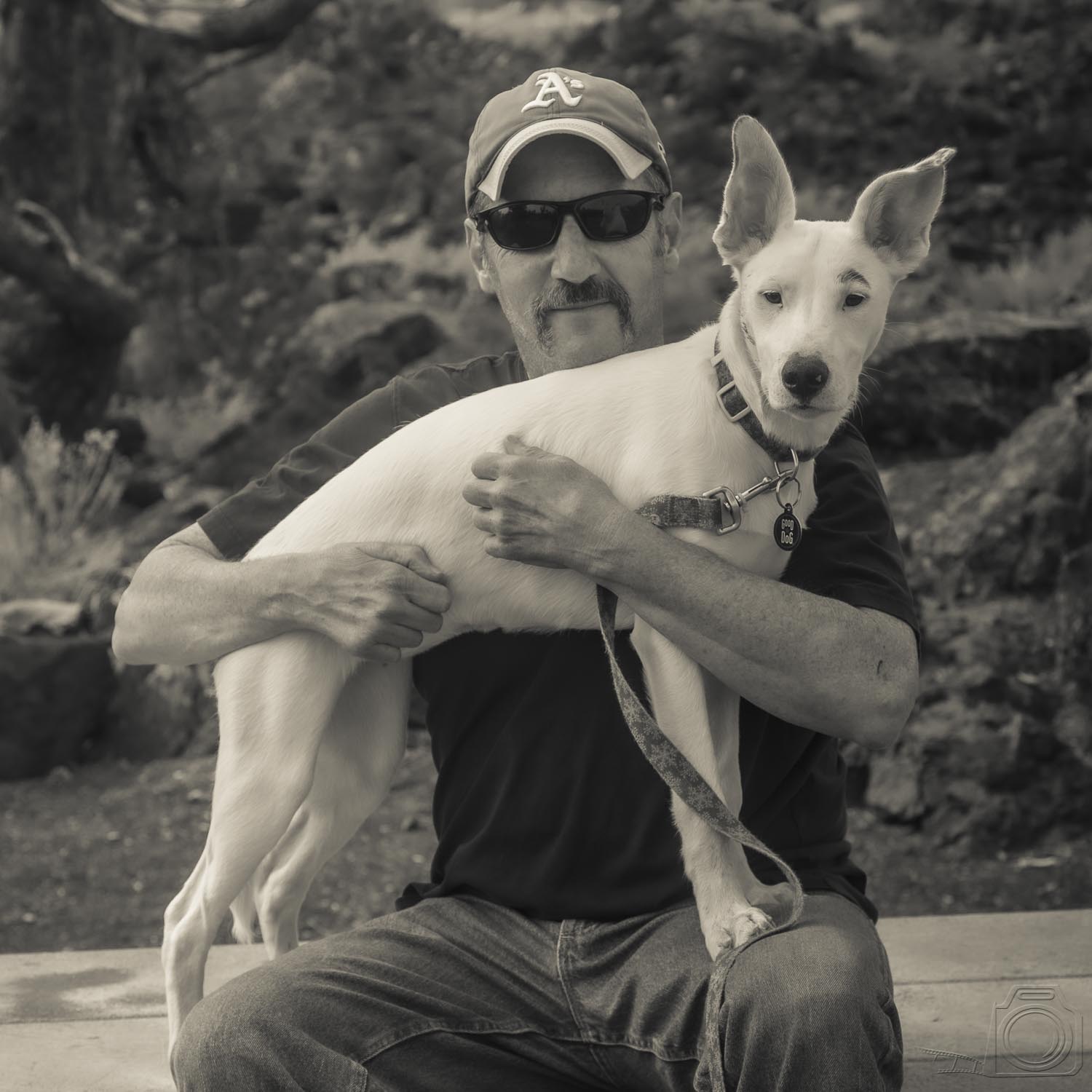We were lucky to catch up with Michael e Stern recently and have shared our conversation below.
Hi Michael, thanks for joining us today. We’d love to hear about a project that you’ve worked on that’s meant a lot to you.
The most meaningful project to date is the one just completed, a fine art coffee table book of my specialized macro plant photographs. My mother passed in February of 2022 and I was grieving. After 4 months of reflection it was time to officially step back from my 43- year career as a commercial photographer and film maker. In November of 2022 I began the process of becoming a fine art photographer inspired by my heroes; Karl Blossfeldt, Irving Penn, Ansel Adams, Hiroshi Sugimoto and Victor Keppler. I’m grateful to have found out about these photographers many years ago and am still inspired by them today. But it’s the Pictorialists whose aesthetic speaks to my soul. During the late 19th and early 20th centuries, their romanticized photographs beckoned the viewer with tone, light, soft focus, controlled composition and open meanings. My fascination with plant life cycles, natural light and focused compositions is the subject of my book project. There are several photographs of plants in full bloom of course but photographing these beautiful plants as they transition to remnant, using decades of experience raising camera to subject, I am home. So the plan was set, photograph the found object, in this case flowers in my garden, with a 50 year-old macro lens, wide open to facilitate an extremely narrow depth of field with incredible bokeh. The bokeh of older lenses can be quite painterly compared to modern lenses. The bokeh was supplemented with very low level diffusion and a split-field lens. A split-field lens is a piece of half convex glass that mounts to the main lens of a camera. This makes half the lens nearsighted while the other half remains farsighted. This creates the illusion of a deep focus. I use my split-field it for the opposite reason, to create additional softness along the transition edge from
nearsighted to farsighted. The double imaging and loose diagonal lines along the transition edge gives me the look and feel that defines my photography.

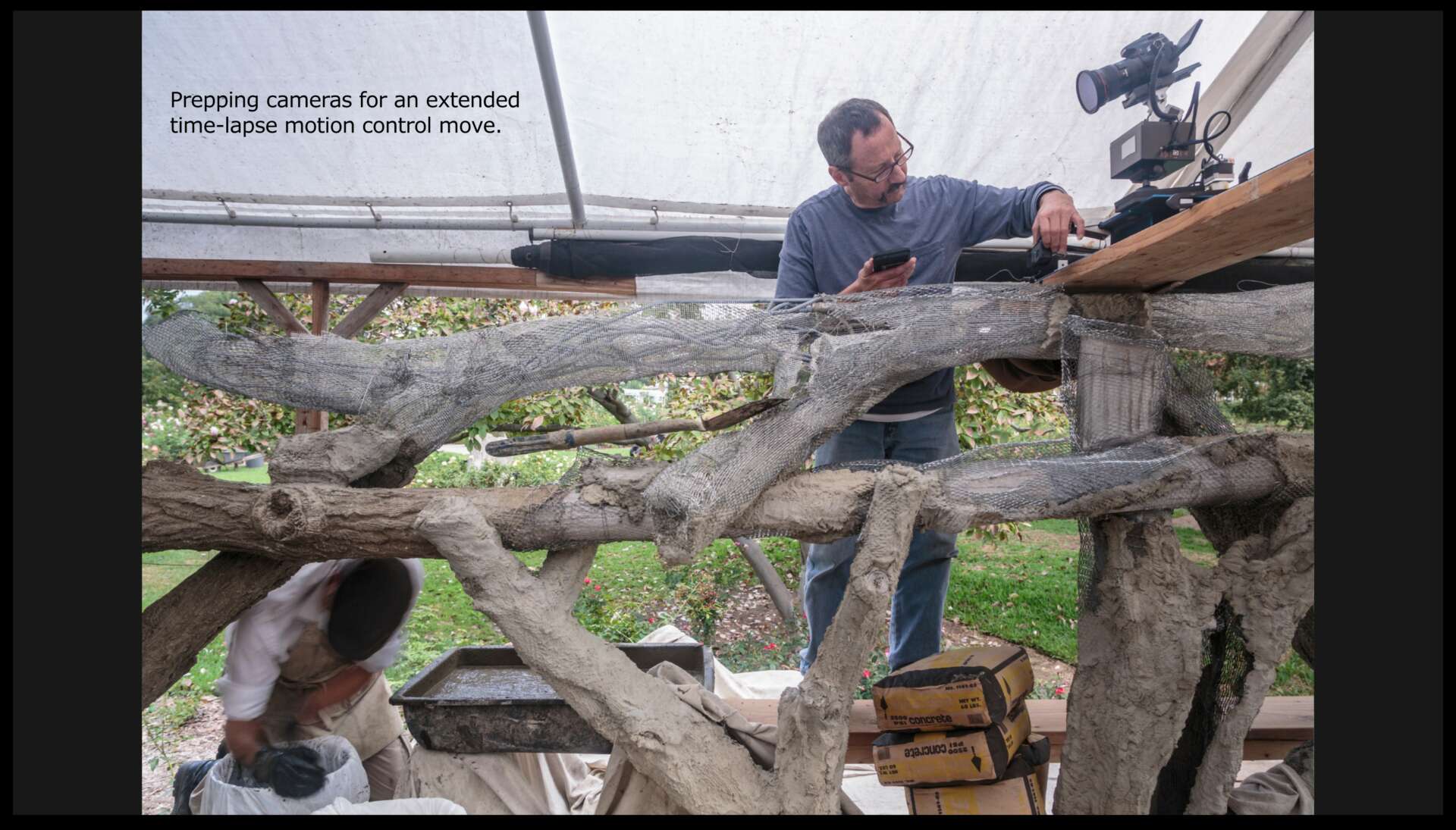
Michael, love having you share your insights with us. Before we ask you more questions, maybe you can take a moment to introduce yourself to our readers who might have missed our earlier conversations?
I set up my first of ten commercial photography studios in September of 1979 within the same month I graduated from Art Center College of Design. Over the course of 43 years I produced commercial work for a variety of Fortune 500 companies, international corporations, private businesses, and public agencies. Well-paid by clients to create environmental portraits, architectural photographs, product shots, time-lapse films and industrial films, I am grateful for their loyalty and support.
The sweet spot for me was a business relationship with the Disney company spanning 3 decades. Collaborating with Disney’s many creative teams across the globe, I provided photography, multi-media, video, and wet-lab products and services. I had the pleasure and honor of being lead photographer for 47 books, many of them elegant coffee table books about their animated films. Published by Hyperion and Disney Press.
When the industry began switching over to digital mid-summer 1995, many, many photographers and clients got slammed. I called it the Digital Tsunami and it proved disastrous for many. Myself included. Disney pulled 100K worth of business from my studio before the end of ’95, thinking they could do it better in-house and cheaper. This nearly drove me out of business, but I embraced the technology and became a digital expert on capture and printing. Within a year most of the Disney business returned because employees found out how difficult it was back then to produce digital photographs with enough resolution and proper color balance.Sweet.
In 2003 I became a nationally recognized Photoshop expert and was hired to be the digital guru for Brooks Institute’s fledgling photojournalism program in Ventura, CA. I commuted between Pasadena and Ventura for 5 years. Brooks sadly is no longer in existence.
In 2009 I had my first book, “Build A Better Photograph: A Disciplined Approach to Creativity,” published by Rocky Nook Press. It is a non-traditional approach to explaining the creative process using photography, Photoshop and my own previsualization technique.
From 2011-2018 my business was one of the top providers of time-lapse construction films for national and international construction companies. Several techniques that are common practice today were developed by me and a few others between 2011 and 2013. In 2017 after 6 years and 14 time-lapse films for the Huntington Library and Botanical Gardens, in San Marino, CA, the organization commissioned me to produce a time-lapse and live-action video portraying artist Terence Egan, a sculptor commissioned to restore 100 decaying Faux bois trees in the Huntington’s famous Rose Garden. Titled “Faux Bois at the Huntington”, it’s certainly one of the highlights of my career. The film can be found on my Vimeo channel. Search for Michael e. Stern.
My work has been a celebration of photography itself: how light, color, tone, and framing are employed to interpret a given subject. My mission is to elevate the mundane into images worth viewing and films worth watching.
I am grateful for my self-employed successes, and even coined a term for it; SECP, Self-Employed Creative Professional.
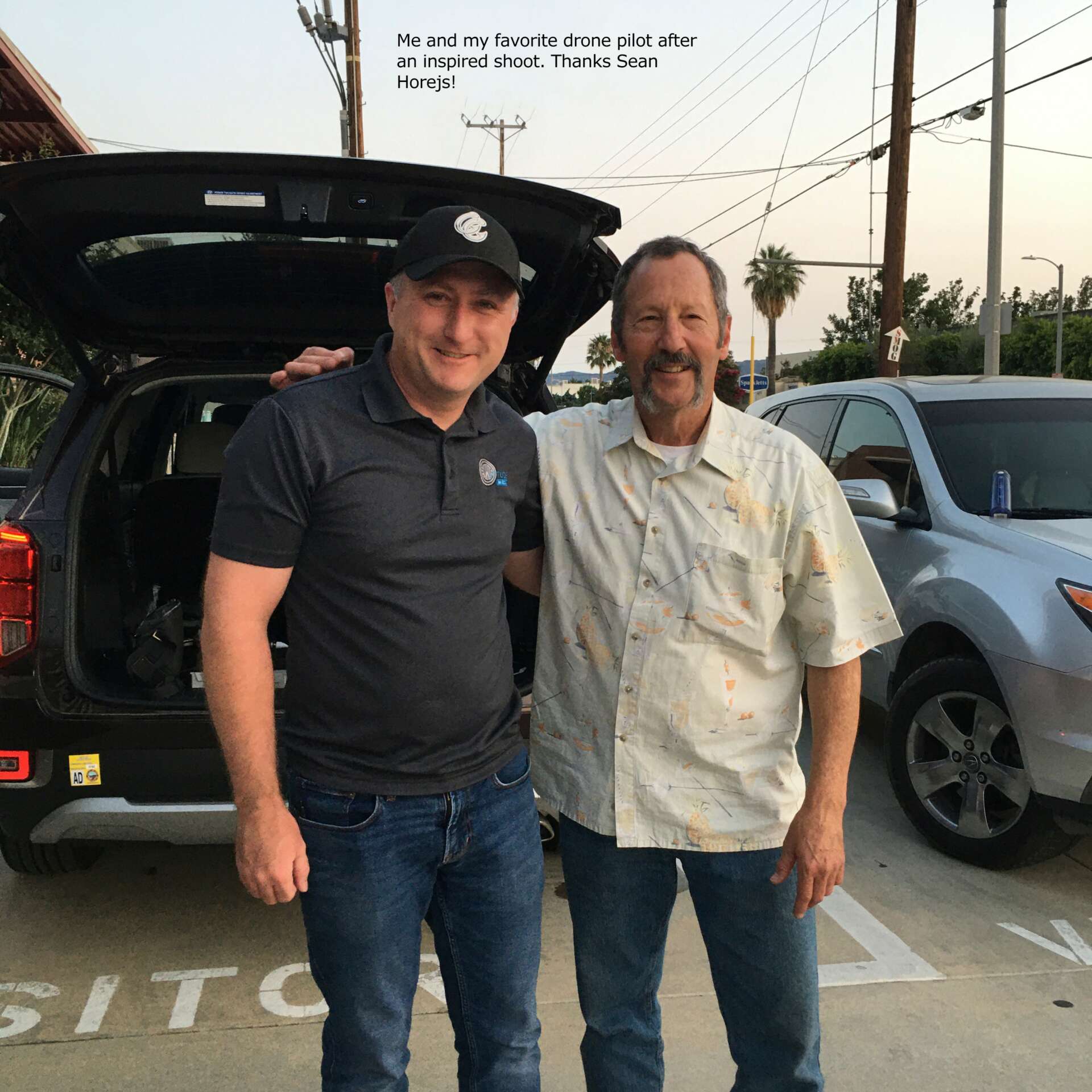

We’d love to hear your thoughts on NFTs. (Note: this is for education/entertainment purposes only, readers should not construe this as advice)
My view is that they are worthless. This article spells it out: https://petapixel.com/2023/09/20/95-of-nfts-are-worthless-report/
And my personal thoughts….
I’ve spent time reading up on the subject of NFT’s, learning how some have been successful and how others have failed. I don’t believe NFT’s will survive. I keep coming back to several key questions such as, what exactly am I buying, a reserved spot on a blockchain? What is the value in that? Do I own the original file? You may or may not own the original but how is this verified? Does the creator destroy their originals? Or do I have to be satisfied that I’m buying a url?
You certainly don’t own the copyright and cannot monetize it other than reselling it at a higher price. You may get a print, cool. But why not support the artist by buying a print in the first place and saving a screenshot to view on a device? Blasphemy! Just be practical.
There are too many ways to game the system, especially with something as opaque as “buying” an NFT. Too many red flags for my taste. I’d like to see an international poll asking buyers what they think of their purchases several years after-the-fact. Now that would be informative.
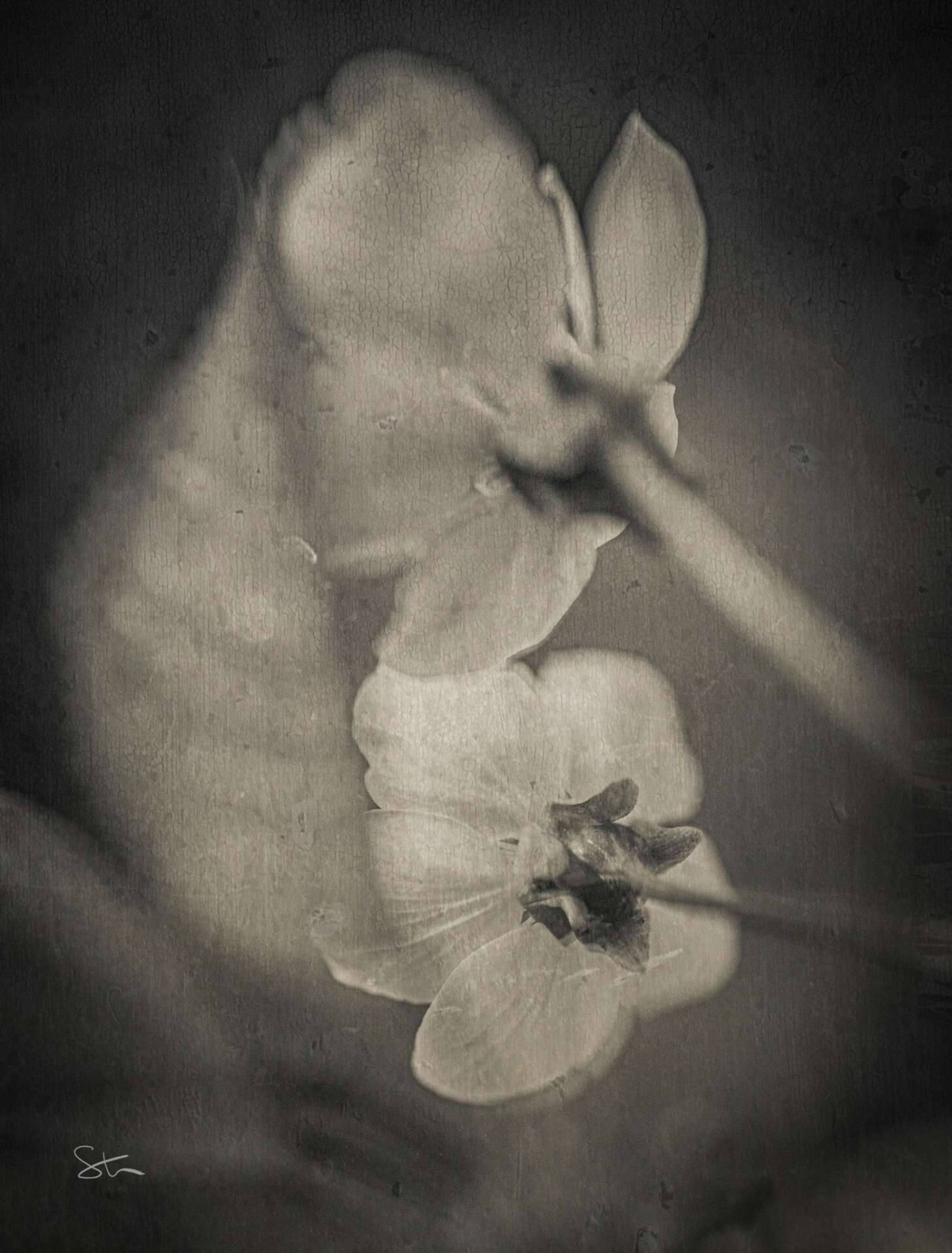
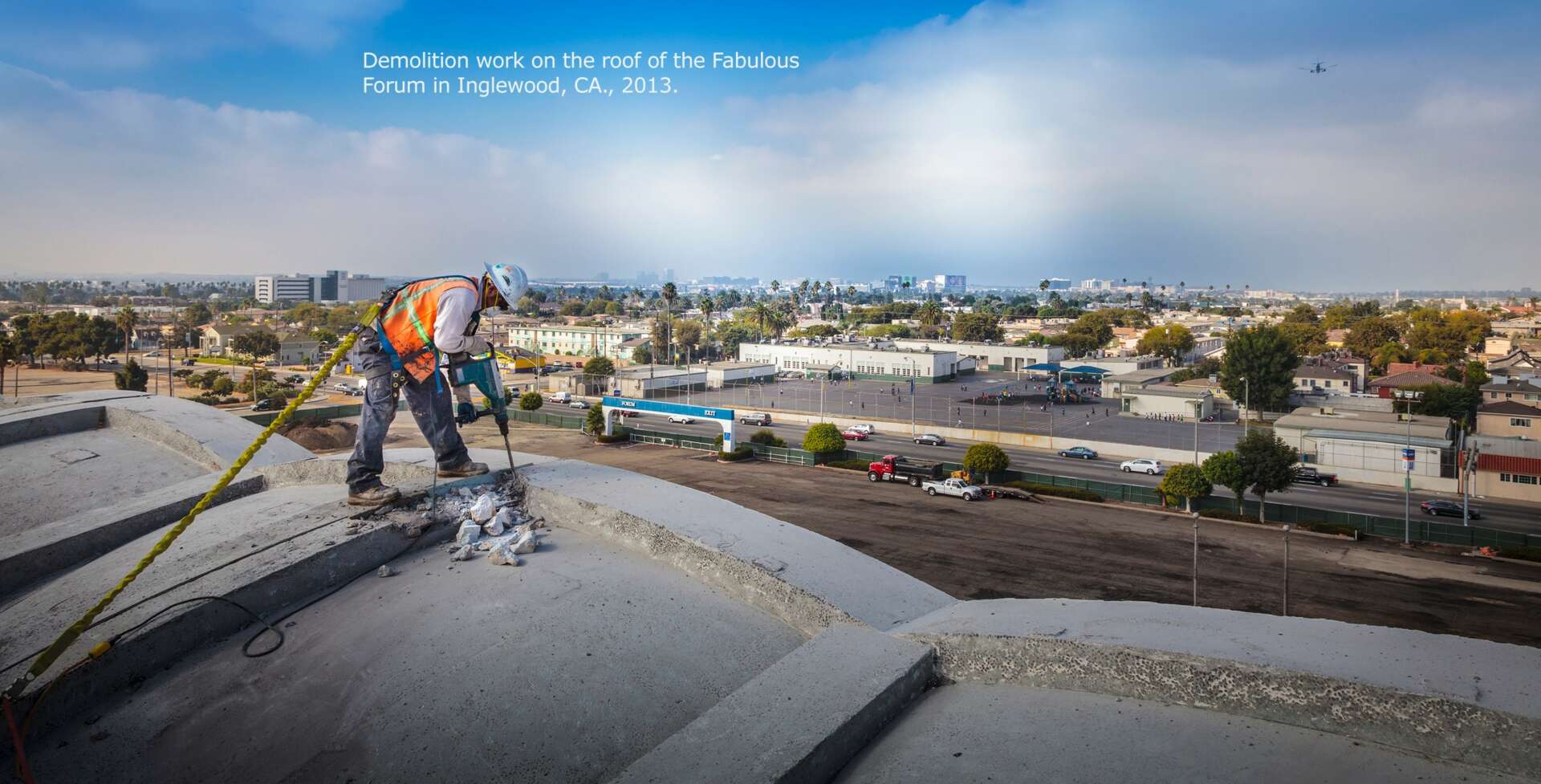
Can you share a story from your journey that illustrates your resilience?
At the tender age of 17 and again at 30 I had major surgeries to remove benign tumors (1973) and subsequent scar tissue (1986), pushing against my spinal cord, causing weakness in my arms and legs. This ended my efforts in becoming a professional baseball player. Truth is I was not good enough to become a pro but having my dream yanked away was emotionally distressing as a teenager.
Next I tried acting but possessed minimal talent. I tried music lessons on several instruments, piano being my favorite. The aforementioned arm weakness also included hand and finger control. Piano and organ were out. Was a bit of a gigolo after college as older women were drawn to me. I actually married one in 1982 but it turned out to be just a practice marriage.
During my practice marriage I had a job as Director of Photography for a small photo lab, multi-media production company and commercial photography studio. Had my life on track 1982-1986, but it fell apart again. Divorce proceedings commenced as I was preparing for the second surgery, (and the possibility of being in a wheelchair post-op) and explaining to my then my 3-year old what daddy was about to go through and what he may look like the next time she saw me. Fun times.
I left the company to recuperate and grieve over my failed health and marriage and what it meant for my daughter. During my time recuperating I got an apartment and a job selling advertising space for a high school friends periodical about being disabled in America. I was quite successful and enjoyed the much needed income. However my friend was a terrible businessman, his commission checks started bouncing, my bills were not being paid. Ultimately they went bankrupt. End of the business and friendship. Money was tight. I was distressed and too weak to be a commercial photographer again. A sales rep from Kodak whom I befriended encouraged me to apply for a field rep position like the one he had. Working for Kodak as a field rep, traveling to labs and studios solving issues and
promoting Kodak seemed like the perfect fit for me. I applied. Unfortunately it was around this time that Kodak ended their field rep training program. The timing was unfortunate. Totally bummed and not a clue what to do. Did I mention I had a young child at the time? So much fun.
I tried voice work and took several workshops to learn the business and how to sell using my voice. Even tried cartoon character voices. I had some talent but didn’t believe I could make a living at it. Then it hit me. I was trying these other things to make a living so in case I failed at being a photographer I could blame these other endeavors because they distracted me. A built in excuse. Pathetic. I stopped all other activities to focus on commercial photography exclusively. If I was going to fail, I was going to fail honestly, no crutches and 100% ownership. Empowering.
Now it gets better. In less than 3 years I had grown the photography business to $300k a year from the $36K they were doing when I started. Several Disney clients I had nurtured during our interactions on shoots and socially, started calling me to do their photography. My former company dropped the ball and was not taking care of these important clients. The first 2 times they called asking me to shoot for them I said no and pointed them back in the direction of my former company and assured them that their needs would be met. After the second call, I called the GM and told him that if he doesn’t take care of these Disney clients the next time they contact me I’ll take them for my own.
And that’s what I did. Still a bit too weak physically and without a studio I hired 3 Art Center alumni who had a studio local to me. I made a deal with them where I brought in the work, negotiated the contracts, handled billing and payments and made the creative decisions. I also art directed. Worked out quite well until they got greedy. Started nickel and diming me on subsequent shoots. Charging for light reflectors, tripod heads, extension cords, etc. Outrageous behavior from 3 struggling photographers who had zero marketing costs to bring in the work. We’re talking thousands of dollars a month and they pissed it away being petty. Completely insane business practice.
I’d been doing physical therapy all this time and developed enough strength for me to work once again as a commercial shooter. I searched and found a co-operative studio with a film maker, an editor, (who went on to HBO Special fame as a director) another photographer and a guy who produced soft-core girly videos. I was invited to join after being interviewed by all of them. Sweet. After settling in I yanked my business from the 3 amigos. As a friend said, they got Sterned!
There were several characters at this co-op and we had fun. A wet lab was on the premises and I stayed 2 years. At the 2 year mark, I remarried, left the co-op and founded my own co-op. It lasted 16 years. During this time I became a nationally recognized Photoshop expert and gave talks and trainings on the weekends at the largest camera store in Los Angeles.
I ran the co-op, had an office on site, booked studio space, paid the bills, dealt with the landlord and kept the property looking good. Each member had their own secure equipment locker. There was a grip tower where all non-camera related gear was stored and anyone could use anything on it as long as they replaced lost or damaged stands, cords, apple boxes, clamps, etc. We supported each other and got along well.
Business from Disney kept my dance card punched, I hired my co-op members to shoot for me occasionally and we had a blast. Sometimes 6-7 jobs a day would come into the studio from Disney. Many were wet-lab services but I certainly had my fill of studio and location shoots from them. I was able to maintain the business relationship for 22 years. I had other clients of course, even other big studios like Disney but Disney was my main squeeze. Shortly after September 11, 2001, Disney laid off 4300 employees and all of my buyers were in that group. 100% of my Disney business vanished just like that. I managed to keep the doors open until I got a job as adjunct faculty at the world famous Brooks Institute teaching Photoshop and printing in their photojournalism program. I taught at the Ventura campus until 2008 when the recession hit. Adjunct faculty are the first to get whacked when money is tight so down I went. Again.
16 years later it was time to move on as life circumstances changed; the death of my father, other family falling ill, co-op members leaving, rent increasing etc. Sold our family home in Burbank and bought a place in Pasadena at the end of 2006. Some Disney business came back but I was really fortunate to pick up The Huntington Library and Botanical Gardens as my next huge client. Between their business and that of the construction industry, I managed to produce 50+ time-lapse films and document a few large public infrastructure projects during this last phase. Life circled back and was good again.
I’m retired now from commercial work and into fine art photography. Still in its’ early stages but fun!
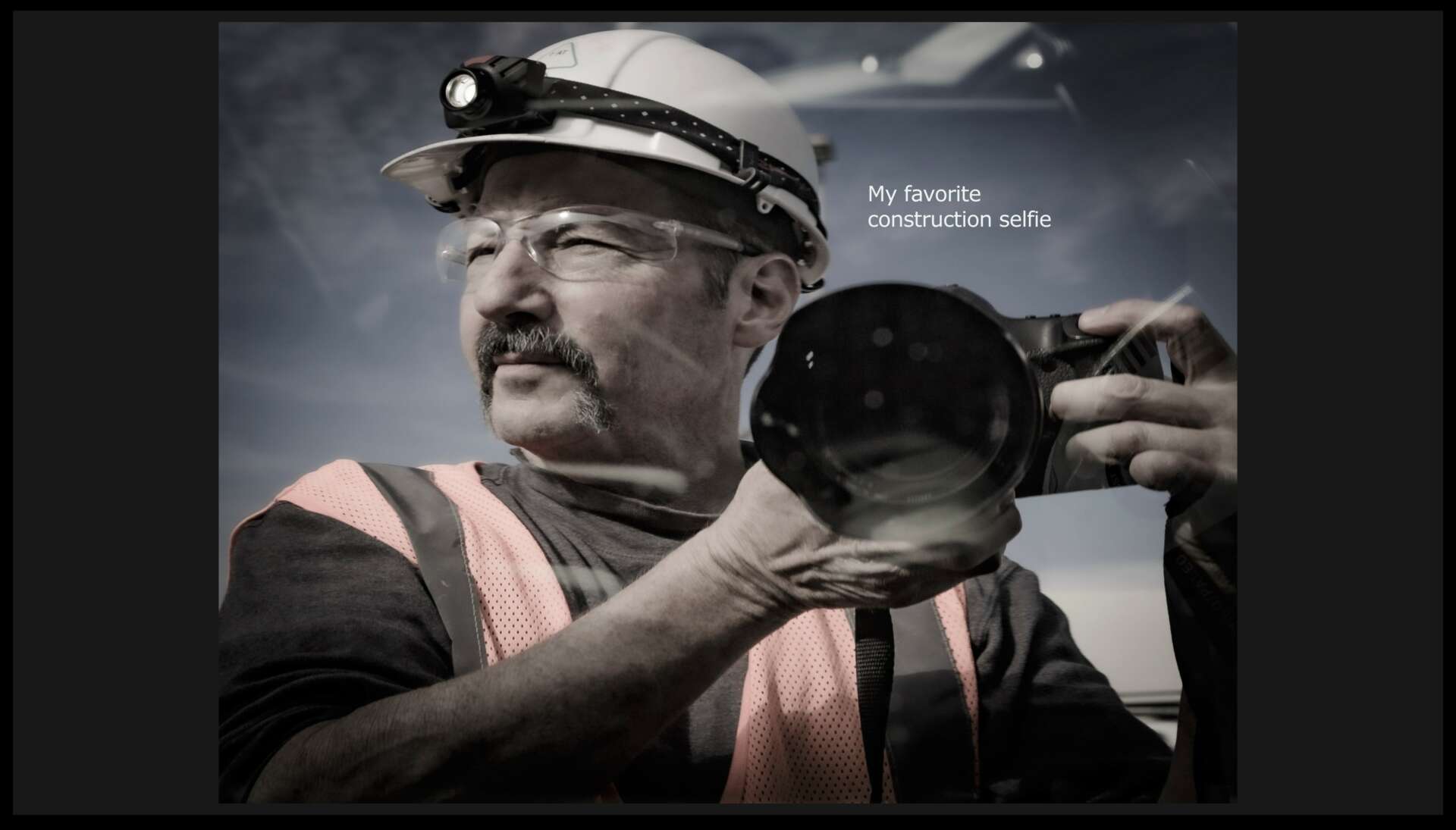
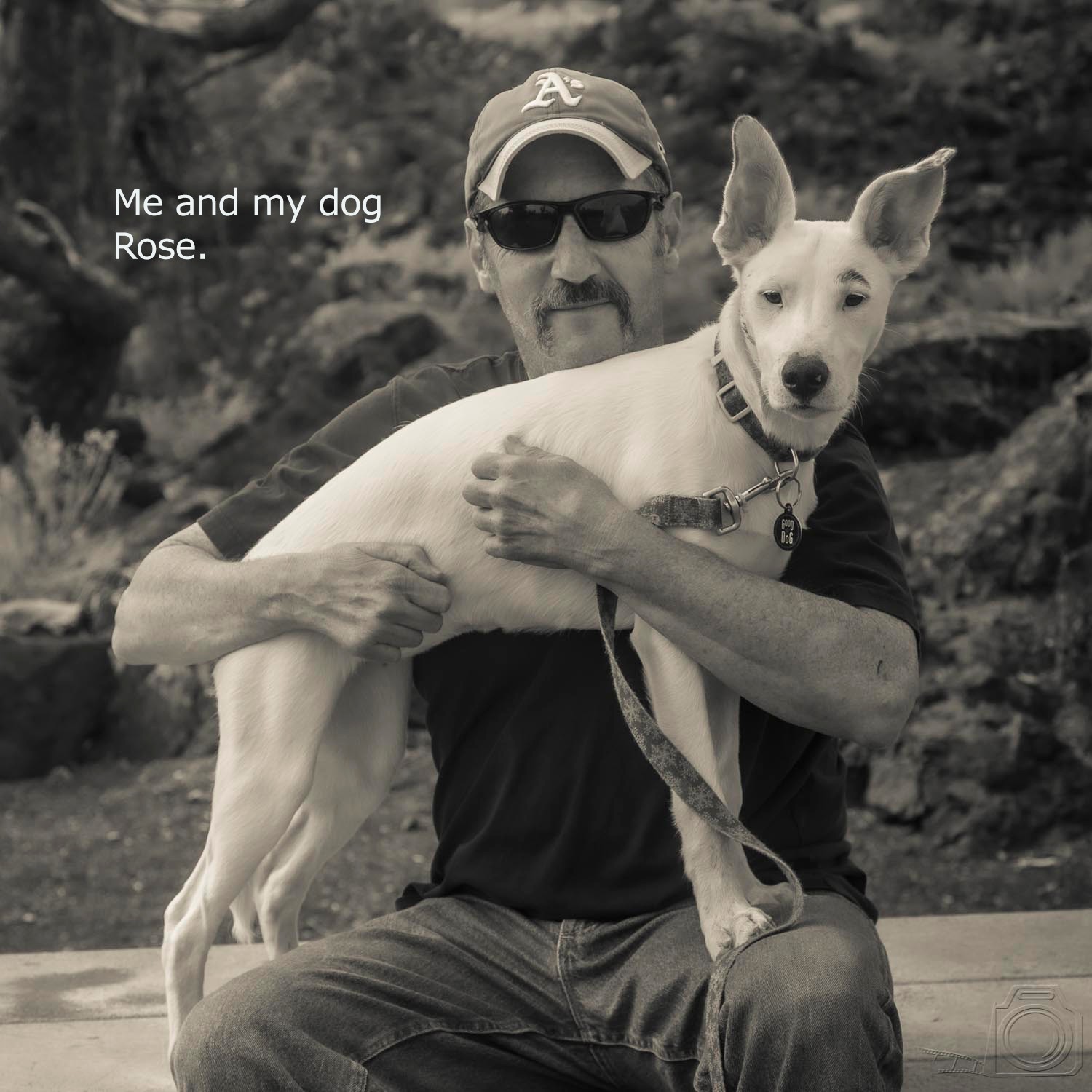
Contact Info:
- Instagram: @michaelestern


